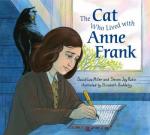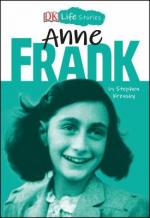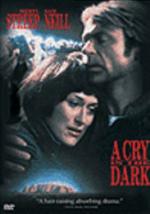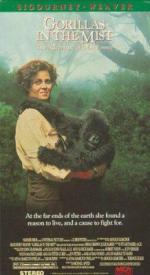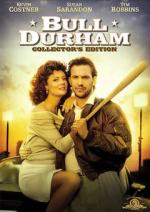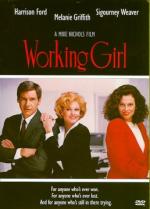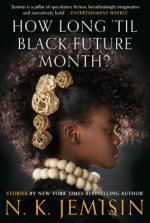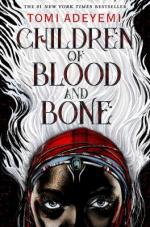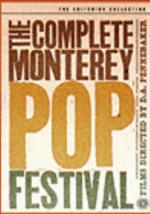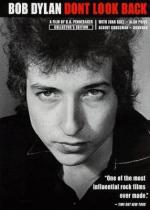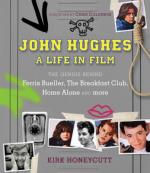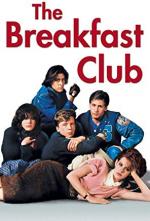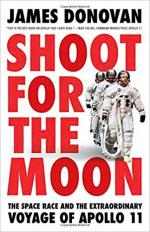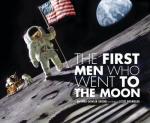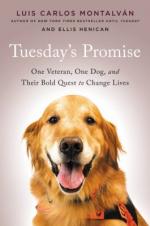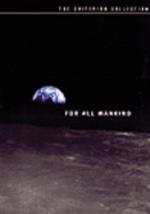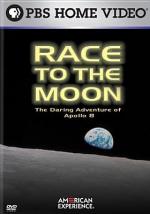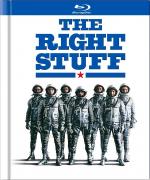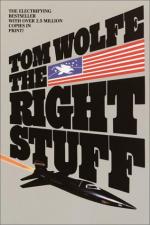He allegedly wrote Ferris Bueller's Day Off in four days, Planes, Trains and Automobiles in three days, The Breakfast Club in two days, and Vacation in a week. He never went to film school or studied cinema. And he spent most of his incredible career in the Midwest, far from the Hollywood Hills. John Hughes was indeed one of the most prolific and successful filmmakers in Hollywood history. He helped launch the careers of Andrew McCarthy, Molly Ringwald, Anthony Michael Hall, Macaulay Culkin, and Judd Nelson. He made John Candy a household name. In this first illustrated tribute to the legendary filmmaker, author Kirk Honeycutt offers a behind-the-scenes look at the genius that was John Hughes--from his humble beginnings in direct mail to his blockbuster success with classics like Pretty in Pink, Sixteen Candles, Weird Science, and Home Alone. Honeycutt also explores the darker side of John Hughes: his extreme sensitivity, his stormy professional relationships, and the devastation Hughes experienced after the death of his closest friend, John Candy. Featuring fresh interviews with Matthew Broderick, Ally Sheedy, Judd Nelson, Steve Martin, and Jon Cryer, and a foreword from Home Alone director Chris Columbus, this is the must-read for fans of John Hughes.
